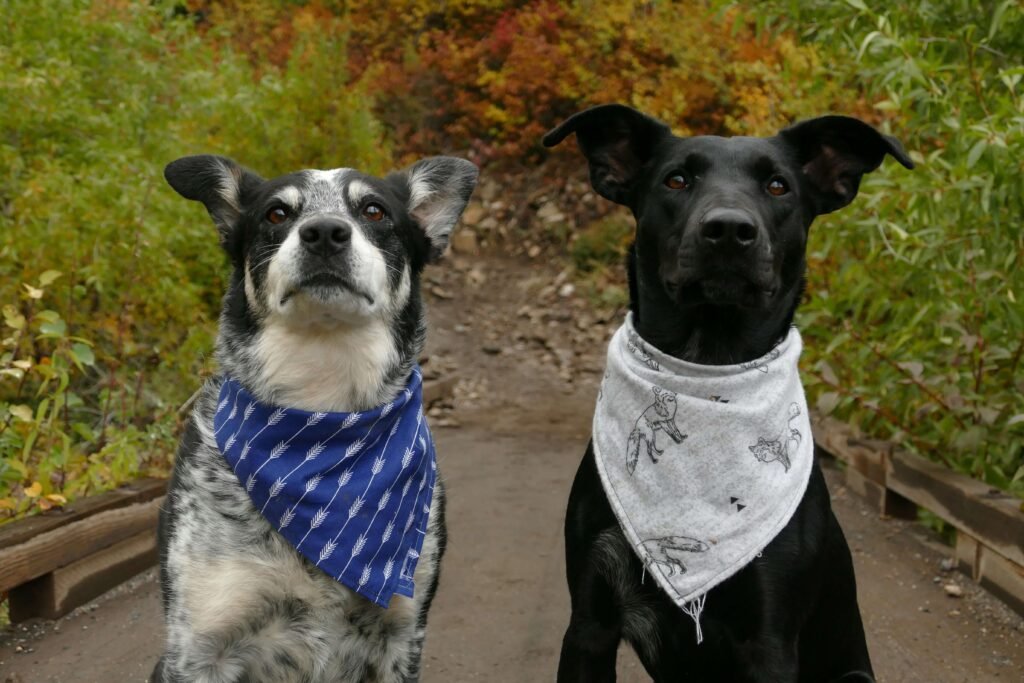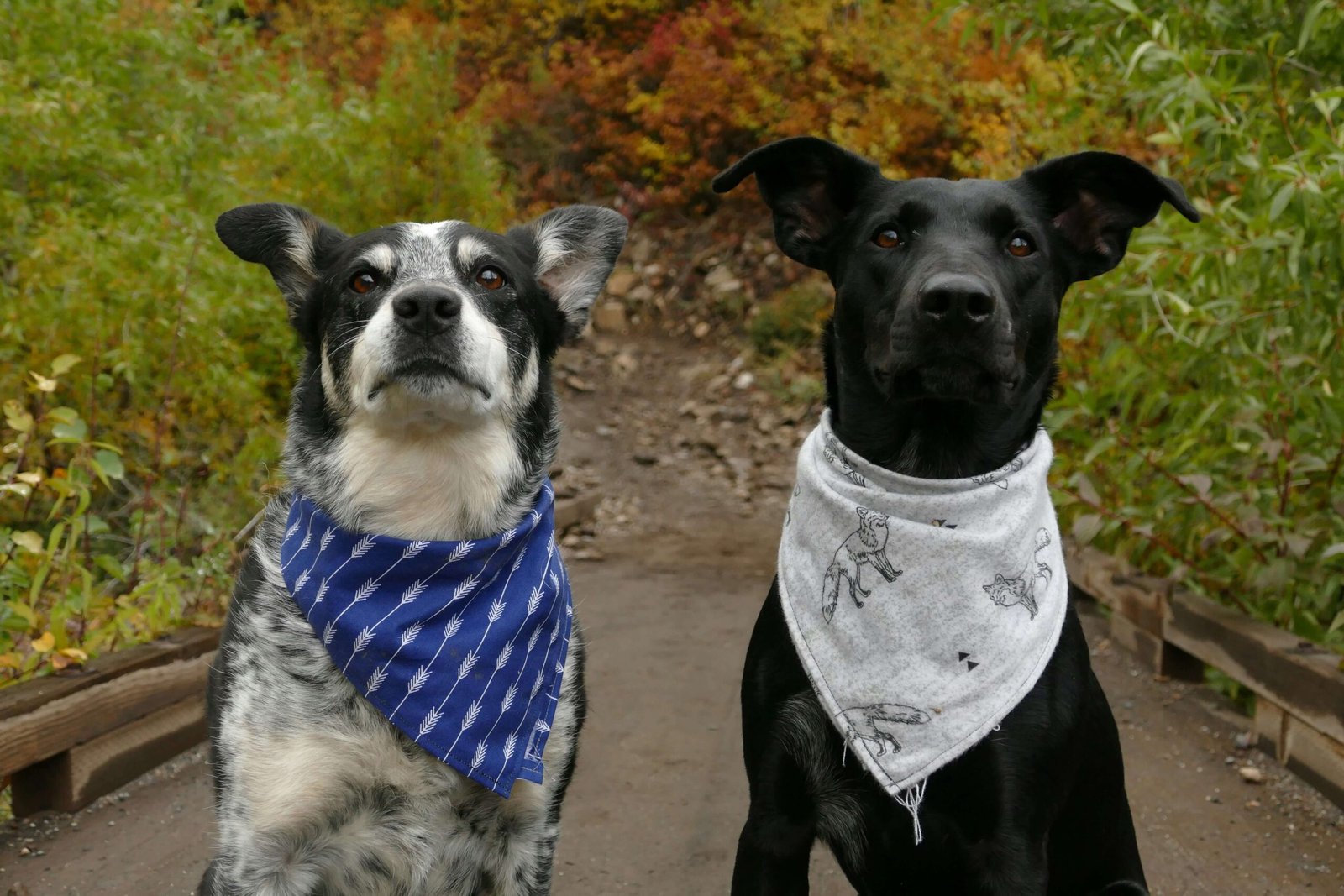Why Does My Dog Pee on My Other Dog? Understanding This Puzzling Behavior
Have you ever found yourself scratching your head and wondering why one of your furry companions seems to have developed a peculiar habit of peeing on the other? If this scenario sounds familiar, rest assured that you’re not alone. Many dog owners encounter this behavior at some point, and while it may seem strange or even frustrating, there are often logical explanations behind it. In this blog post, we’ll explore the reasons why dogs exhibit this behavior, how to address it, and what you can do to foster a harmonious environment for your canine companions. By understanding the motivations behind this action, you’ll be better equipped to manage and redirect your dog’s behavior in a positive way.
Possible Reasons Behind the Behavior
Dogs communicate in ways that are vastly different from humans, and their actions often carry deeper meanings than we might initially realize. When it comes to peeing on another dog, several factors could be at play. Below is a list of potential explanations for this behavior:
Territorial Marking: Dogs are naturally territorial animals, and urinating on another dog can be a way of asserting dominance or claiming ownership over their “territory.”
Social Hierarchy: In multi-dog households, dogs often establish a hierarchy. Urinating on another dog could be an attempt to reinforce their position within the pack.
Anxiety or Stress: Some dogs resort to unusual behaviors, including inappropriate urination, when they feel anxious or stressed. Changes in the household or environment can trigger such responses.
Medical Issues: Certain health conditions, such as urinary tract infections or incontinence, may cause a dog to urinate more frequently or inappropriately.
Playful Behavior: Believe it or not, some dogs view this act as part of their playful interactions, especially if they’ve learned that it gets a reaction from their owner or the other dog.
Understanding these possible reasons can help you identify the root cause of the behavior and take appropriate steps to address it. Remember, every dog is unique, so the underlying motivation may vary depending on your pet’s personality and circumstances.
How to Address the Behavior Effectively
Once you’ve identified the potential reasons behind your dog’s behavior, the next step is to take action. Addressing this issue requires patience, consistency, and a proactive approach. Here are some strategies you can implement to manage and correct the behavior:
Consult Your Veterinarian: Before assuming the behavior is purely behavioral, rule out any underlying medical issues by scheduling a check-up with your vet.
Establish Clear Boundaries: Reinforce basic obedience commands like “no” or “leave it” to discourage inappropriate urination. Consistency is key to helping your dog understand what’s expected of them.
Provide Mental and Physical Stimulation: Boredom or excess energy can sometimes lead to undesirable behaviors. Ensure your dog gets plenty of exercise and mental enrichment through toys, games, and training sessions.
Reinforce Positive Behavior: Reward your dog with treats, praise, or affection when they exhibit good behavior. Positive reinforcement can go a long way in encouraging desired actions.
Separate the Dogs Temporarily: If the behavior persists, consider giving the dogs some time apart to reduce tension or competition. Gradually reintroduce them under controlled circumstances to rebuild their relationship.
By taking these steps, you can create a calmer and more structured environment for your dogs, which may help eliminate this puzzling behavior over time.
Check this guide 👉Why Wont My Dog Pee? Best 7 Behavior Tips!
Check this guide 👉Why Wont My Dog Pee Outside? Best 7 Behavior Tips!
Check this guide 👉Why Does My Dog Kick After Peeing? Best 7 Behavior Tips!

Behavioral Signs to Watch For | Steps to Take |
|---|---|
Frequent marking around the house | Clean affected areas thoroughly |
Growling or snapping during play | Monitor interactions closely |
Excessive licking or grooming | Provide alternative calming activities |
Sudden changes in appetite | Consult your veterinarian |
Restlessness or pacing | Create a safe, quiet space for your dog |
Preventing Future Incidents
Proactive measures can significantly reduce the likelihood of your dog repeating this behavior. Prevention involves addressing both behavioral and environmental factors. Here are some tips to keep in mind:
Neuter or Spay Your Dog: Intact dogs are more likely to engage in marking behaviors due to hormonal influences. Neutering or spaying can help curb this tendency.
Supervise Interactions: Keep a close eye on your dogs during playtime to ensure their interactions remain friendly and respectful.
Use Enzyme-Based Cleaners: If accidents occur, clean the area with enzyme-based cleaners to remove lingering scents that might encourage repeat incidents.
Create a Routine: Dogs thrive on routine. Establishing consistent feeding, walking, and potty schedules can minimize confusion and anxiety.
Monitor Changes in Dynamics: Pay attention to shifts in your dogs’ relationship, such as increased aggression or withdrawal, which could signal unresolved tension.
By implementing these preventive measures, you can foster a peaceful coexistence between your dogs and reduce the chances of future problems.
Strengthening the Bond Between Your Dogs
A strong bond between your dogs can prevent many behavioral issues, including inappropriate urination. Building trust and camaraderie takes time, but it’s well worth the effort. Consider the following suggestions:
Engage in Group Activities: Take both dogs on walks or hikes together to strengthen their bond and promote teamwork.
Practice Cooperative Games: Activities like tug-of-war or fetch can encourage collaboration and mutual enjoyment.
Reward Calm Interactions: Praise and reward your dogs when they interact peacefully, reinforcing positive associations.
Avoid Favoritism: Treat both dogs equally to prevent feelings of jealousy or rivalry.
Seek Professional Help if Needed: If tensions persist, consult a professional dog trainer or behaviorist for personalized guidance.
Fostering a harmonious relationship between your dogs will not only improve their quality of life but also make your household a happier place for everyone involved.
Understanding Canine Communication
Dogs have their own unique ways of communicating, and sometimes their actions can seem perplexing to us humans. Peeing on another dog is one such behavior that often stems from their instinctual need to convey messages. Below are some insights into how dogs communicate through scent and body language:
Scent Marking as a Form of Expression: Dogs use urine to leave “messages” for other dogs, which can include information about their identity, health, or status.
Body Language Speaks Volumes: A dog’s posture, tail position, and facial expressions often accompany their actions, offering additional context to their behavior.
Social Signals in Multi-Dog Homes: In households with multiple dogs, subtle interactions like sniffing, growling, or even urinating can serve as social signals to establish boundaries or relationships.
By paying attention to these cues, you can gain a deeper understanding of your dog’s intentions and address any concerning behaviors more effectively.
Managing Stress and Anxiety in Dogs
Stress and anxiety can manifest in various ways, including inappropriate urination. Identifying and addressing the root causes of your dog’s emotional state is crucial for resolving this issue. Here are some common triggers and solutions:
Environmental Changes: Moving homes, introducing new pets, or altering routines can unsettle dogs and lead to unusual behaviors.
Lack of Socialization: Dogs that haven’t been properly socialized may feel insecure around other animals, resulting in stress-related actions.
Separation Anxiety: Dogs left alone for long periods may develop anxiety, which can sometimes express itself through inappropriate elimination.
Fear of Conflict: If there’s tension between your dogs, one may act out due to fear or discomfort in the shared space.
Addressing these stressors through training, environmental adjustments, and professional guidance can help your dog feel more secure and reduce unwanted behaviors.
Building Trust Through Positive Reinforcement
Positive reinforcement is a powerful tool for encouraging desirable behaviors and strengthening the bond between your dogs. By rewarding good actions, you can guide your pets toward healthier interactions. Here’s how to implement this approach:
Use High-Value Treats: Reward your dogs with their favorite snacks when they interact calmly and respectfully with each other.
Praise Good Behavior Immediately: Timing is key—offer verbal praise or affection right after observing positive actions to reinforce the connection.
Create Shared Positive Experiences: Activities like group training sessions or joint playtime can foster teamwork and mutual trust.
Avoid Negative Reactions: Reacting harshly to undesirable behavior can damage trust and escalate tensions between your dogs.
By focusing on positivity and consistency, you can create an environment where both dogs feel valued and understood, paving the way for a harmonious relationship.
FAQ
Is it normal for one dog to pee on another?
While it may seem unusual, this behavior can occur for various reasons, including territorial marking, social hierarchy, or stress.
Should I punish my dog for peeing on the other dog?
Punishment is generally ineffective and can worsen the behavior. Instead, focus on positive reinforcement and addressing the root cause.
Could this behavior indicate a medical problem?
Yes, certain health conditions could lead to inappropriate urination. A vet visit is recommended to rule out any underlying issues.
How can I stop my dog from peeing on the other dog?
Start by identifying the cause, then implement strategies like supervision, training, and environmental adjustments to discourage the behavior.
Will neutering/spaying help reduce this behavior?
In many cases, yes. Neutering or spaying can decrease hormonal-driven behaviors, including marking.
Creating Harmony in Your Multi-Dog Household
Living with multiple dogs can be incredibly rewarding, but it also comes with its own set of challenges. Understanding why your dog might pee on another dog—and knowing how to address it—can make all the difference in maintaining a peaceful home. By staying patient, observant, and proactive, you can guide your dogs toward better behavior while strengthening the bond they share. Remember, every dog deserves love, care, and understanding, and with the right approach, you can turn this puzzling behavior into an opportunity for growth and harmony.
Why Is My Cats Second Eyelid Showing? Best 7 Expert Tips! Understand causes, health signs, and how to respond when your cat’s third eyelid becomes visible.
How Do I Know If My Cat Died Peacefully? Best 7 Expert Tips! Discover the quiet signs of a peaceful feline passing and find comfort in their final moments.
Cat Allergy Eyes: Best 7 Expert Tips! Discover why your eyes react to cats and learn proven strategies for relief—without giving up your feline friend.
Why Do Abyssinian Cat Colors Matter? Best 7 Expert Tips! Discover the genetics, rare hues, and care secrets behind Abyssinian coat colors for a healthier, happier cat.





